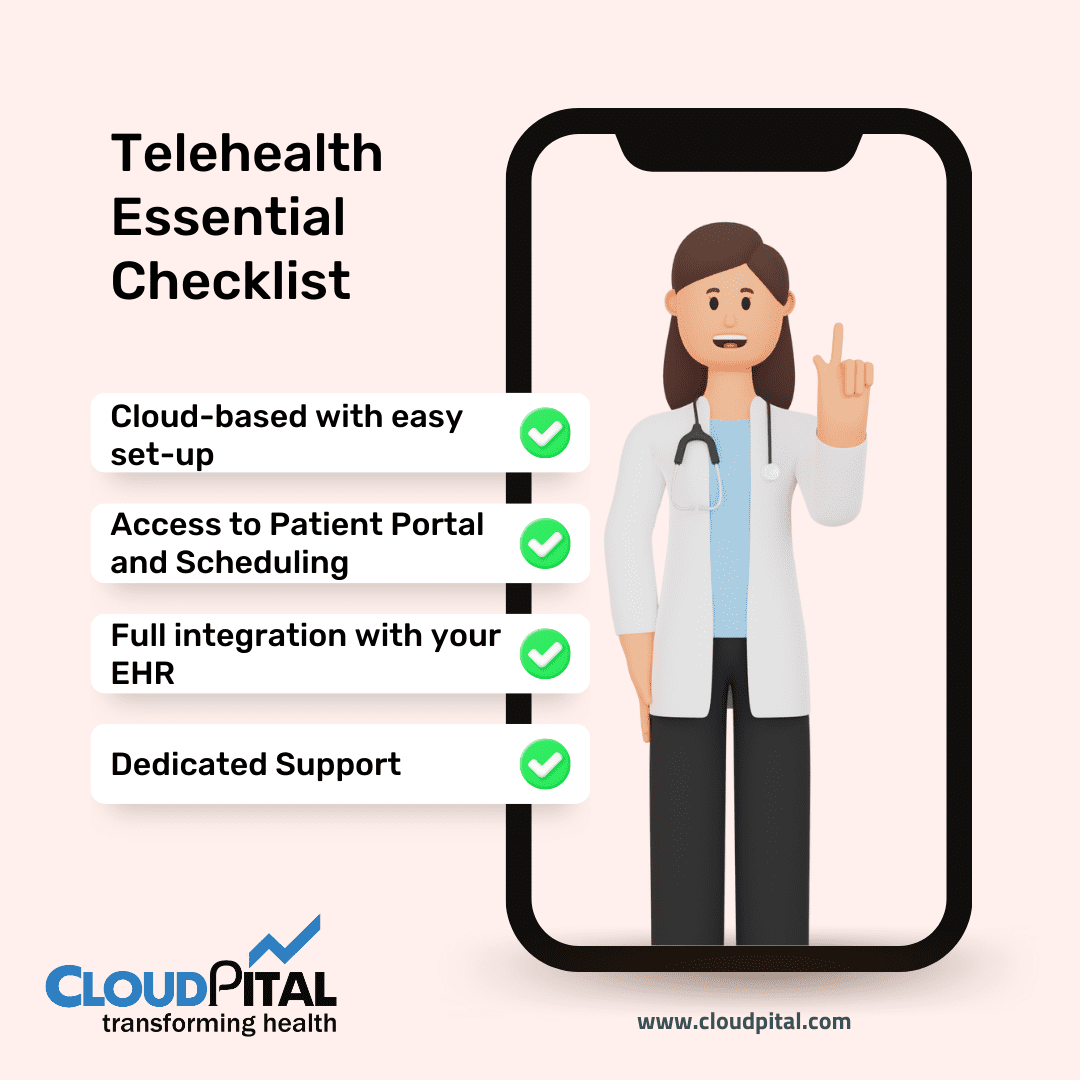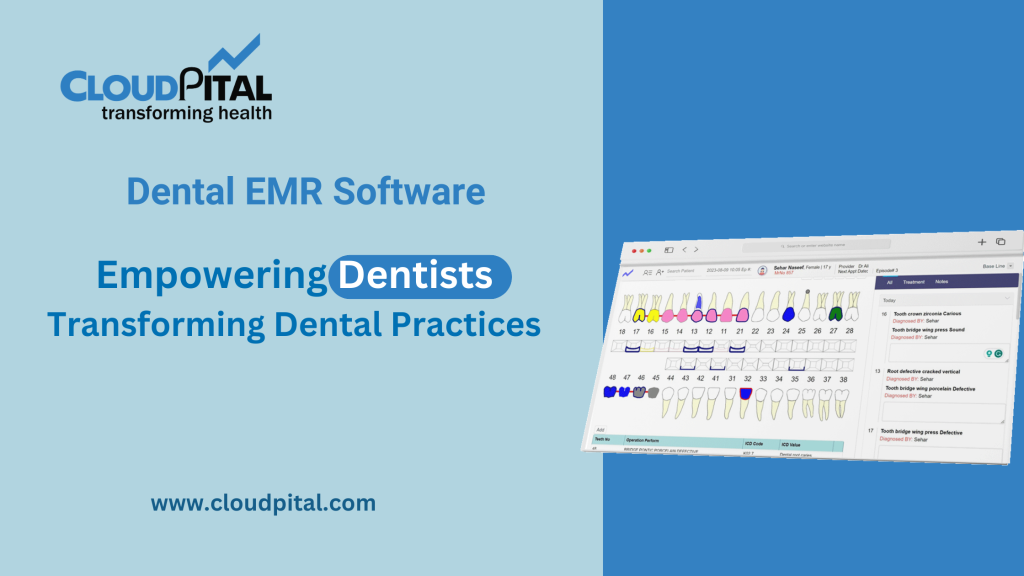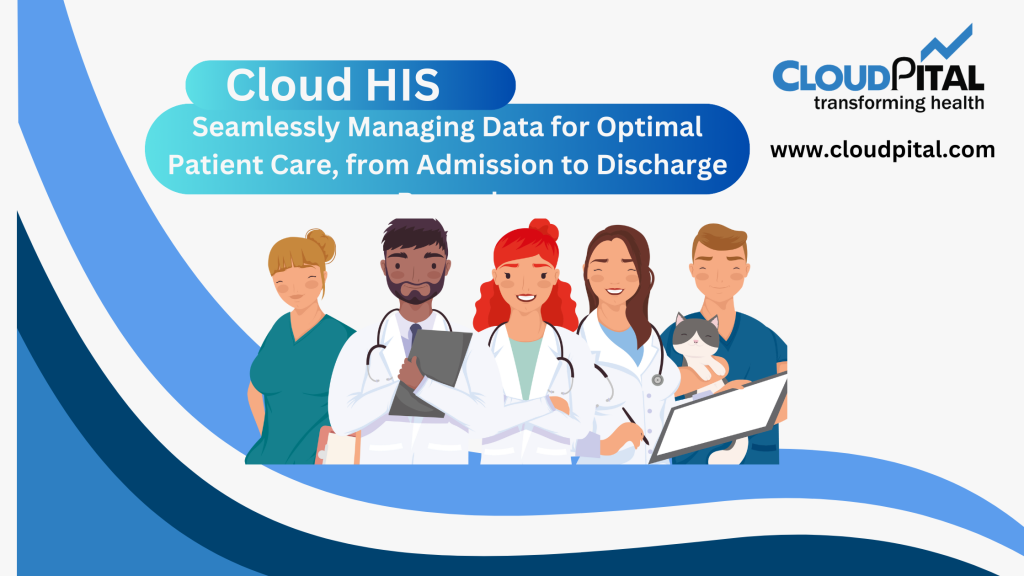Cloudpital # 1 is one of the top Remote Patient Monitoring with technology playing an increasingly pivotal role in transforming patient care. Among the key innovations driving this change are Artificial Intelligence (AI) and data analytics, particularly in the realm of Remote Patient Monitoring (RPM). RPM leverages technology to collect and analyze patient health data in real-time, enabling continuous monitoring of patients outside traditional clinical settings. When combined with AI and data analytics, RPM becomes a powerful tool that revolutionizes patient care, providing more accurate, timely, and personalized healthcare services.
Click to Start Whatsapp Chatbot with Sales
Mobile: +966502737333
Email: sales@cloudpital.com
Cloudpital # 1 Remote Patient Monitoring

What is Remote Patient Monitoring?
Remote Patient Monitoring refers to the use of digital technologies to monitor and record patient health data from outside traditional healthcare settings, such as the patient’s home. Wearable devices, mobile apps, and sensors collect real-time data such as heart rate, blood pressure, glucose levels, and oxygen saturation, which is then transmitted to healthcare providers. This continuous stream of data allows for proactive interventions, timely adjustments to treatment plans, and early detection of potential health issues.
RPM is commonly used to manage chronic conditions such as diabetes, heart disease, and hypertension. It empowers patients to take an active role in managing their health while providing healthcare providers with critical insights into their condition. However, the sheer volume of data generated by RPM systems presents challenges, particularly in terms of data analysis and decision-making. This is where AI and data analytics come into play.
The Role of AI in Remote Patient Monitoring
Artificial Intelligence (AI) refers to the simulation of human intelligence in machines that can perform tasks such as learning, reasoning, problem-solving, and decision-making. In the context of Remote Patient Monitoring, AI plays a crucial role in analyzing vast amounts of health data, identifying patterns, and making predictions that can assist healthcare providers in delivering more efficient and personalized care.
Predictive Analytics and Early Detection
One of the most significant contributions of AI to RPM is its ability to perform predictive analytics. By analyzing historical and real-time patient data, AI algorithms can identify trends and predict potential health issues before they become serious. For example, in patients with heart disease, AI can analyze patterns in heart rate and blood pressure data to predict an impending cardiac event, allowing healthcare providers to intervene early and prevent hospitalization or further complications. This predictive capability is particularly valuable for managing chronic diseases. Instead of relying solely on periodic check-ups, healthcare providers can continuously monitor patient data and make informed decisions based on AI-driven insights. This leads to better outcomes, fewer emergency visits, and reduced healthcare costs.
Automated Decision-Making and Alerts
Another essential application of AI in Remote Patient Monitoring is automated decision-making. AI algorithms can be programmed to recognize certain thresholds or anomalies in patient data and automatically trigger alerts to healthcare providers. For example, if a patient’s blood sugar levels rise above a safe range, the RPM system can automatically notify both the patient and their healthcare provider, prompting immediate action. This level of automation reduces the burden on healthcare providers, as they no longer need to manually sift through large volumes of data to identify critical changes. Instead, AI can filter the data, highlighting only the most relevant and urgent cases, ensuring that healthcare providers can focus on high-priority patients.

Personalized Treatment Plans
AI-driven insights from EHR Systems in Saudi Arabia enable the creation of personalized treatment plans tailored to the individual needs of each patient. By analyzing patterns in a patient’s health data over time, AI can recommend adjustments to medications, lifestyle changes, or other interventions that are specifically suited to that patient’s condition. This personalized approach to care improves patient outcomes by ensuring that treatments are precisely aligned with the patient’s unique health profile.
For example, AI can analyze a diabetic patient’s glucose levels, activity levels, and diet patterns to suggest a personalized insulin dosage or dietary recommendations. These real-time, data-driven adjustments ensure that patients receive the most effective care at all times.
The Role of Data Analytics in Remote Patient Monitoring
Data analytics refers to the process of examining, cleaning, transforming, and interpreting large sets of data to extract valuable insights. In Remote Patient Monitoring, data analytics plays a critical role in making sense of the vast amounts of health data generated by RPM devices. By applying advanced analytical techniques, healthcare providers can gain deeper insights into patient health trends and make more informed decisions.
Big Data and Real-Time Analysis
RPM systems generate a massive amount of data, often referred to as big data. This data comes from various sources, such as wearable devices, mobile apps, and sensors, and includes metrics like heart rate, oxygen levels, sleep patterns, and physical activity. Managing and analyzing such large datasets in real-time can be overwhelming for healthcare providers without the help of data analytics tools. Data analytics allows healthcare providers to process and analyze big data in real-time, identifying trends, anomalies, and patterns that may not be immediately apparent. For example, a patient with COPD (chronic obstructive pulmonary disease) may experience subtle changes in their breathing patterns over several days, which may indicate an impending exacerbation. Through data analytics, these patterns can be identified early, enabling proactive intervention.
Population Health Management
In addition to individual patient care, data analytics also plays a crucial role in population health management. By aggregating data from RPM devices across a large group of patients, healthcare providers can gain insights into the health trends of entire populations. This information can be used to identify common risk factors, track the effectiveness of public health interventions, and allocate resources more efficiently. For instance, during a flu season, data analytics can track the prevalence of symptoms such as fever and respiratory issues across a population, allowing healthcare providers to predict the spread of the illness and allocate medical resources accordingly. By leveraging population health data, healthcare providers can take a more proactive approach to managing public health crises.
Improving Workflow Efficiency
Data analytics also helps healthcare providers improve workflow efficiency by streamlining the process of analyzing patient data. Instead of manually reviewing each patient’s health records, providers can use data analytics tools to filter and prioritize cases based on urgency and risk factors. This ensures that healthcare teams can focus their attention on the patients who need it most, improving the overall quality of care while reducing the workload for providers. By integrating AI and data analytics into RPM systems, healthcare providers can automate the monitoring and analysis of patient data, allowing for faster decision-making and more efficient patient care.
The Benefits of AI and Data Analytics in RPM
The integration of AI and data analytics in Remote Patient Monitoring offers several key benefits for both patients and healthcare providers:
Proactive Care and Early Intervention
One of the most significant advantages of AI-driven RPM systems is the ability to provide proactive care. Instead of waiting for patients to report symptoms or visit the hospital, healthcare providers can continuously monitor patient data and intervene when necessary. This leads to early detection of health issues, reducing the risk of complications and hospitalizations.
Reduced Healthcare Costs
By enabling early intervention and reducing the need for in-person visits, AI-powered RPM systems can significantly lower healthcare costs. Patients can receive continuous care from the comfort of their homes, reducing the need for costly hospital stays and emergency room visits. Additionally, data analytics helps healthcare providers allocate resources more efficiently, optimizing care delivery and reducing waste.
Improved Patient Outcomes
AI and data analytics contribute to better patient outcomes by enabling personalized care and continuous monitoring. Patients receive more timely interventions, and their treatment plans are tailored to their specific health needs. As a result, patients are more likely to adhere to their treatment plans and experience better long-term health outcomes.
Increased Patient Engagement
AI and RPM systems empower patients to take an active role in managing their health. Patients can access their health data in real-time, track their progress, and receive automated feedback and recommendations based on AI-driven insights. This increased level of engagement leads to better patient satisfaction and improved adherence to treatment plans.
Challenges and Future Opportunities
While the integration of AI and data analytics in PMS presents numerous benefits, it also poses several challenges. Data privacy and security are major concerns, as the continuous flow of sensitive patient data requires robust security measures to protect against breaches. Additionally, interoperability between different healthcare systems and RPM devices remains a challenge, as seamless data sharing is essential for the effectiveness of AI-driven RPM systems.
Looking forward, the future of AI and data analytics in RPM holds great promise. Advances in machine learning, natural language processing, and predictive modeling will further enhance the capabilities of RPM systems, allowing for even more precise and personalized care. Additionally, the integration of AI with electronic health records (EHR) and other healthcare technologies will create a more seamless healthcare experience for both patients and providers.
Conclusion
AI and data analytics are revolutionizing Remote Patient Monitoring by enabling continuous, proactive, and personalized care. Through predictive analytics, automated decision-making, and real-time data analysis, AI-driven RPM systems provide healthcare providers with the insights they need to deliver better care while improving patient outcomes. As these technologies continue to evolve, they will play an increasingly important role in shaping the future of healthcare, making it more efficient, accessible, and patient-centric.
Click to Start Whatsapp Chatbot with Sales
Mobile: +966502737333
Email: sales@cloudpital.com
EHR Systems in Saudi Arabia
EHR Systems in Saudi Arabia
EHR Systems in Saudi Arabia
The Role of AI and Data Analytics in Remote Patient Monitoring similar software solutions prices were updated on 2025-11-02T14:17:47+00:00 in Saudi Arabia in Mecca, Medina, Riyadh, Khamis Mushait, Yanbu, Jeddah, Dammam, Unaizah, Uqair, Ha’il, Ta if, Al Bahah, Dhahran, King Abdullah Economic City, Najran, Diriyah, Qatif, Khafji, Jubail, Abqaiq, List of Cities and Towns in Saudi Arabia, Ras Tanura, Turubah, Jazan Economic City, Knowledge Economic City, Medina, Khobar, Abha, Tabuk, Saudi Arabia, similar software solutions prices were updated on 2025-11-02T14:17:47+00:00 We also provide in Saudi Arabia services solutions company in Hafar Al-Batin, Udhailiyah, Al-Awamiyah, Hofuf, Hautat Sudair, Buraidah, Tayma, Duba, ‘uyayna, Saihat, Al-Kharj, Al-ula, Jizan, Rumailah, Ar Rass, Arar, Shaybah, Al Majma’ah, Rabigh, Dhurma, Haradh, List of Saudi Cities by Gdp Per Capita, Badr, Sudair Industrial City, Baljurashi, Shaqraa, Al-Khutt, Habala, Ad Dawadimi, Dawadmi, Layla, similar software solutions prices were updated on 2025-11-02T14:17:47+00:00 Price is SAR 100 and this was updated on updated on 2025-11-02T14:17:47+00:00 similar The Role of AI and Data Analytics in Remote Patient Monitoring software solutions prices were updated on 2025-11-02T14:17:47+00:00 in Saudi Arabia in Haql, Afif, Al-Abwa, Farasan, Al-Jaroudiya, Thadig, Al-Thuqbah, Al Wajh, Almardmah, Al-Zilfi, Muzahmiyya, Prince Abdul Aziz Bin Mousaed Economic City, Tharmada’a, Skaka, Um Al-Sahek, Sharurah, Tanomah, Bisha, Dahaban, Al Qunfudhah, Qurayyat, Saudi Arabia, Ha’ir, as Sulayyil, Al Lith, Turaif, Al-Gway’iyyah, Samtah, Wadi Ad-Dawasir, Az Zaimah, Safwa City, Jalajil, Harmah, Mastoorah, Hotat Bani Tamim, Jabal Umm Al Ru’us, Rafha, Qaisumah, Al-Ghat, Hajrah, Al-Hareeq. Excerpt: Jeddah (also spelled Jiddah, Jidda, or Jedda; Arabic: Jidda) is a Saudi Arabian city located on the coast of the Red Sea and is the major urban center of western Saudi Arabia similar software solutions prices were updated on 2025-11-02T14:17:47+00:00 Price is SAR 100 and this was updated on updated on 2025-11-02T14:17:47+00:00
12-9-2024



